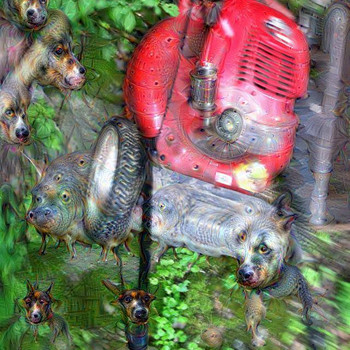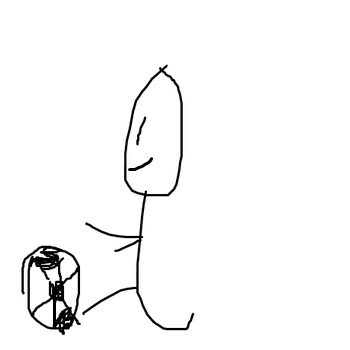Question #574be
2 Answers
At its maximum height its velocity will be exactly zero, because it will not be moving (for a fraction of a second). On its way up the speed will decrease. On the way down the speed will increase again.
Velocity is a vector; meaning that it has both a magnitude and a direction. In this case, the magnitude is the speed and the direction is either up or down.
Acceleration is the rate of change of the velocity. If you were going up at 10 m/s at some time, and then two seconds later you were going down at 10 m/s, your velocity has changed by 20 m/s over a time period of 2 seconds. The acceleration during this interval can be calculated as:
Notice that to compare velocity going up
It should be clear that if your velocity was positive at some time and then negative at some time later, you can find a point in between where the velocity was exactly zero. (This, by the way, is the fundamental theorem of calculus.) However, even when the velocity is zero, an object in free-fall is always accelerating at the same rate.
Acceleration= -g=
(meaning
From Newton's 1st law, "the ball would continue moving upwards with an unchanging velocity if no external unbalanced force accelerates it."
Given that the ball 'does' reach a maximum point( and most likely it returns to the thrower), there must have been an accceleration and thus a force in the direction opposing motion!
Of all the forces: upthrust, air resistance and weight, that act on the ball,
the ball's weight is certainly the most significant.
Hence, Newton's 2nd law predicts that at all point(and times)
hence
Note here that: the proposal that the acceleration could be 'zero' is out of question; because if acceleration were 0 then it means net force= 0, and so the ball will not fall back!



